In this article I want to share everything I know about catappa leaves—aka Indian almond leaves. The topic can seem a bit daunting when you do your first Google searches on the topic. So I’m going to answer as many questions about catappa leaves as I can all in one place!
What are catappa leaves?
Well, they’re the leaves of the catappa tree!
For a long time in the aquarium hobby we tended to call these leaves “Indian almond leaves” which is fine, but it’s more accurate to call them catappa leaves (as per their scientific name: terminalia catappa). Because they’re not really “almond” trees. They are related to almonds, but only distantly. You have to go up to the clade—“rosids”—to find their relationship. And that’s why I prefer to call them catappa leaves!
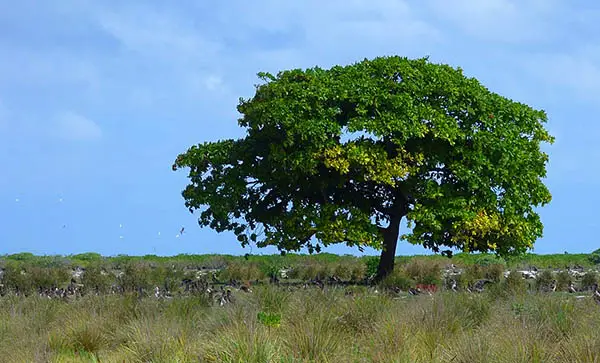
https://commons.wikimedia.org/w/index.php?curid=71988971
The catappa tree.
When it comes to aquarium hobbyists like us, the catappa leaf is used directly in the fish tank for their affect on the water’s chemistry. In addition to that, some people find their appearance aesthetically appealing.
What are the benefits of catappa leaves?
Adding catappa leaves to your aquarium can benefit your fish in a number of ways.
First and foremost, when you add catappa leaves to your water you will notice that the water changes color. This is because the leaves are leaching tannins into your water. This can lower the pH of your water.
In addition to that, catappa leaves are known to have anti-bacterial and anti-fungal effects.
These benefits have been known in Asia for many years; for example, the use of the leaves is popular with betta breeders.
In more recent years, the scientific community has caught up by carrying out their own studies which has confirmed what hobbyists and breeders have long believed to be true: the leaves do protect from bacterial and fungal infections!
But that isn’t all, catappa leaves also provide a food source for fish! As the leaves break down, they are often enveloped by a biofilm that can provide food for fish. Apistogramma fry and small plecos find this especially palatable.
Do I need catappa leaves in my tank?
You might be reaching for your credit card right now to order some, but hold on a second! You might not really need them.
In fact, I would go as far as to say that most fish common in the aquarium hobby simply do not need catappa leaves.
Fish that come from blackwater rivers can definitely benefit from them though, because the leaves help make your tap water more like their natural water. By that I mean, the leaves lower the pH and create an inhospitable environment for fungus and bacteria. This is helpful for those fish because, coming from blackwater environments, they are often ill-equipped to deal with fungus and bacteria.
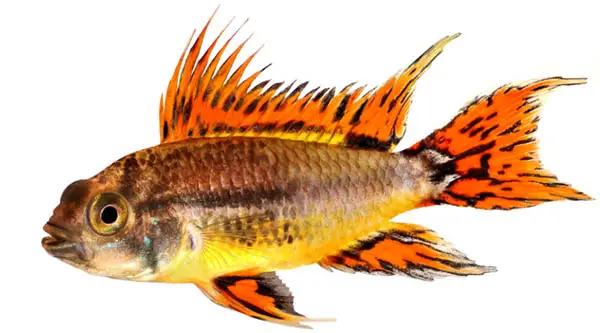
Bettas and apistogramma species are the quintessential beneficiaries from catappa leaves in the aquarium.
However, most angelfish and discus won’t really need catappa leaves despite coming from blackwater rivers in the same way apistogramma species do. This is because most of them have been captive bred for generations and are therefore much hardier to both a range of water types and a range of bacteria, fungus, and other diseases.
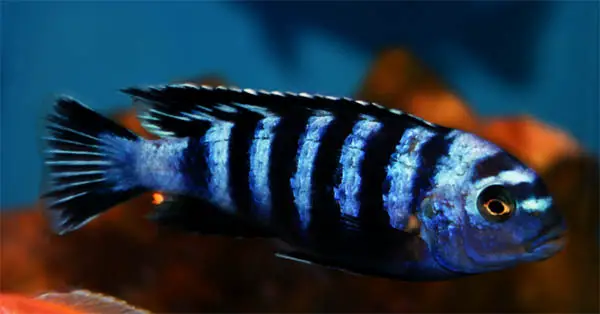
So, before you buy some catappa leaves for your fish, do a quick Google search on the particular species you’re keeping and see if other hobbyists find the addition of catappa leaves necessary.
Don’t catappa leaves turn your water brown?
Yes, they will stain your water a tea-like color. This is because as the catappa leaves decay, they leach tannins.
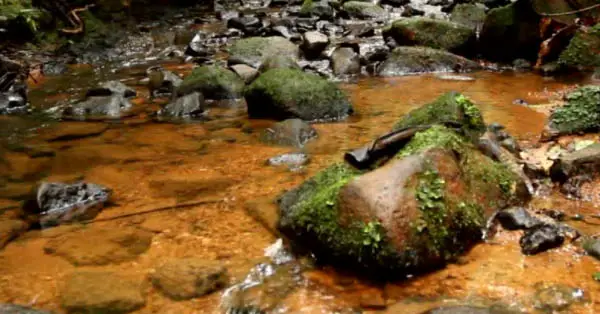
If you’re keeping fish from blackwater conditions, they will most likely enjoy the darker tint to the water. Overly bright tanks can make some fish nervous, especially apistogramma species.
Is having leaves break down in my tank dirty or dangerous?
That depends. Most of all it depends on the aesthetic you prefer for your aquarium, because the truth is that as your catappa leaves break down they will create pockets of detritus around the tank. Some people adore that natural look, especially when paired up with the tea-like water created by the tannins.
But, to answer the second part of the question, no, it isn’t dangerous. Sure, if you don’t do regular water changes you might find an excess of nitrates building up as bacteria chow down on the decaying plant matter. However, your fish are producing ammonia, and thereby, nitrate anyway. So you’ll need to change your water the same as you would in any fish tank.
Where can I get catappa leaves?
I’m glad you asked that question because I was inspired to write this article after my long search to find some for sale on Amazon.com. There are lots of options on Amazon, but I wanted to find the one with the best reviews.
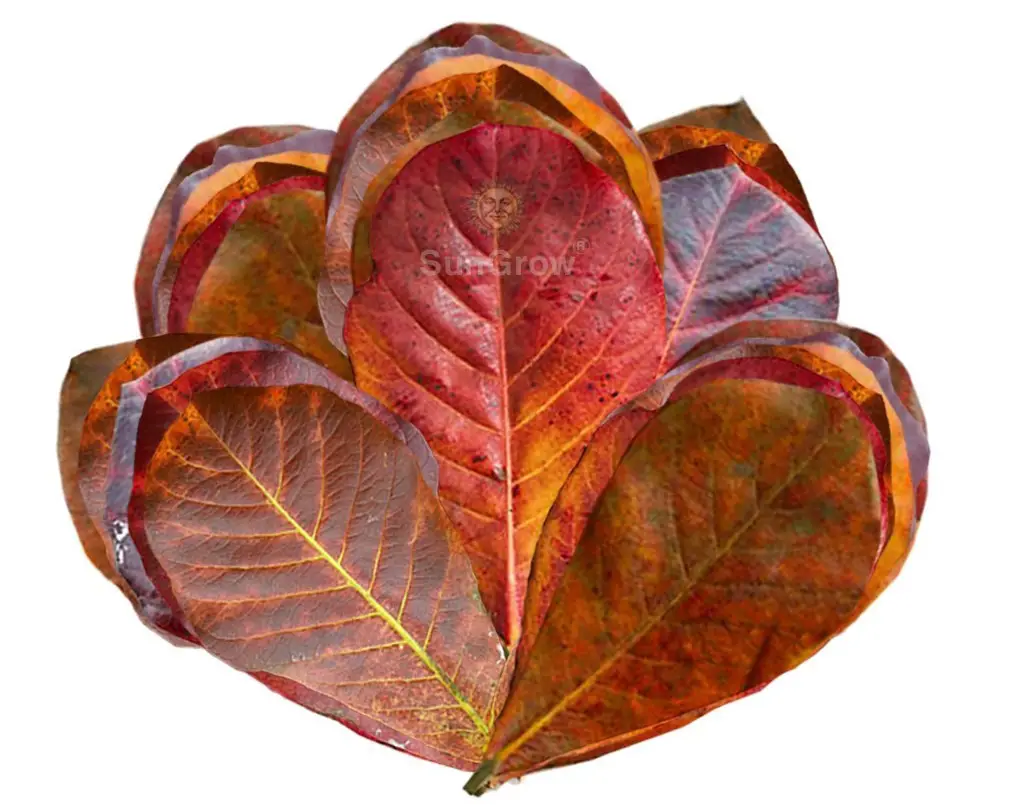
Click here to buy catappa leaves on Amazon.
Follow me on social media!
I have all the usual social media accounts. So, y’all can follow me anywhere. Having said that though, Instagram and Twitter are probably my favorites. I go for Instagram the most because of it being a pretty positive place and, of course, the service focuses on images and I’m all about that!
Header Image Credit
By J.M.Garg , CC BY-SA 3.0,
https://commons.wikimedia.org/w/index.php?curid=3702996



